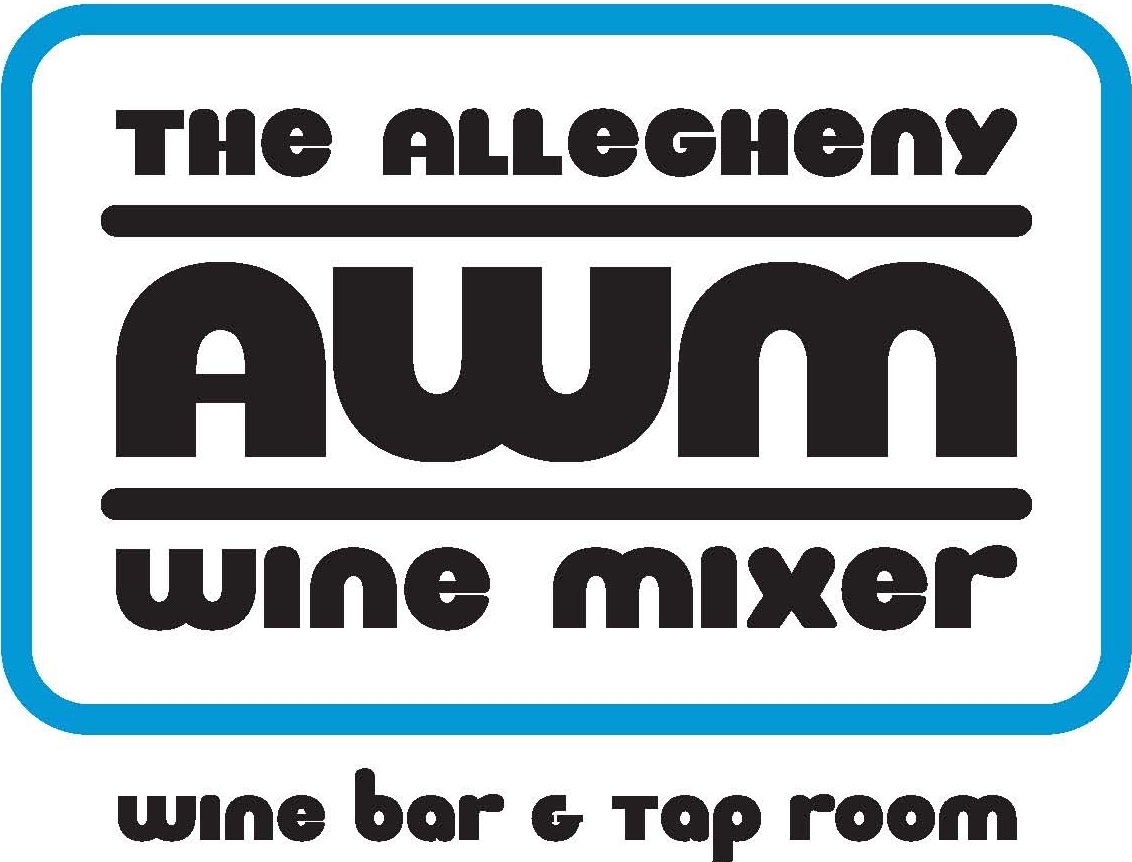What exactly makes a natural wine "natural"?
It’s a good question with no definitive answer. There are no set criteria for natural wines, nor is there a sanctioning body that puts its seal of approval on every funky, unfined, unfiltered bottle.
There is something approaching a consensus, though, as to best practices — a sort of unspoken code — that most natural winemakers follow:
- the fewer manipulations or additions, the better
- grapes should come from organic or biodynamic vineyards
- fermentations should come from indigenous or ambient yeasts rather than commercial strains
- sulfur dioxide additions should be minimized or eliminated
This last point is a bit contentious, and marks a flashpoint for “more natural than thou” arguments to begin. Making quality wine without sulfur dioxide's antioxidant properties is no easy feat. It keeps grapes from spoiling between the vineyard and the press. It keeps must from turning to hydrogen peroxide during fermentation. It keeps bacteria from taking over that give off aromas reminiscent of a barnyard on a hot day. A small shot at bottling gives it a fighting chance of making it from the winery to you in decent shape. It's not a newfangled invention like reverse osmosis: winemakers have been using sulfur candles to sterilize wine vessels for at least a couple millennia. Nor is it even inorganic: trace amounts of SO2 are a natural byproduct of fermentation. (That’s why there's no such thing as a 100% sulfite-free wine.)
So why in the world would you want to get rid of it?
Besides the fact that in high concentrations — much, much higher than what occurs in the winemaking process — it can be toxic, there is a sense among naturalistas that perhaps SO2 does its job too well. It could inhibit native yeasts from doing their idiosyncratic thing, forcing the winemaker to use a cultivated strain to kick off fermentation. It might kill off bacteria that, in limited amounts, could add interest or complexity (or, depending on your palate, make it taste like the aforementioned barnyard). For some, the reward of a characterful, authentic, one-of-a-kind wine outstrips the risk of a spoiled vintage.
This vibrant grenache/cinsault blend from the Sierra Foothills only sees a tiny dose of SO2 at bottling.
In truth, it’s not a total crapshoot. Hand harvesting and whole-cluster fermentations can reduce the need for SO2 when grapes enter the winery. Extended lees contact offers a measure of antioxidant protection during fermentation. Harmful bacteria have a harder time thriving in stainless steel or concrete vessels than in old oak. Shipping in temp-controlled containers — who doesn't do this in this day and age? — minimizes the risk of spoilage in transit.
There's a tendency to think of natural winemaking as hands-off winemaking, but the opposite is actually true. It takes a lot of hard work and a certain amount of gamesmanship. It's a high-wire act, and working without sulfur is working without a net. But when the winemaker pulls it off, the results can be dazzling.
Interested in learning more about natural wines? Get your tickets for Monday Night RAW, a tasting and talk led by Justin Scappaticci from Philly-based importer/distributor Artisan's Cellar on February 20. They're going fast!

